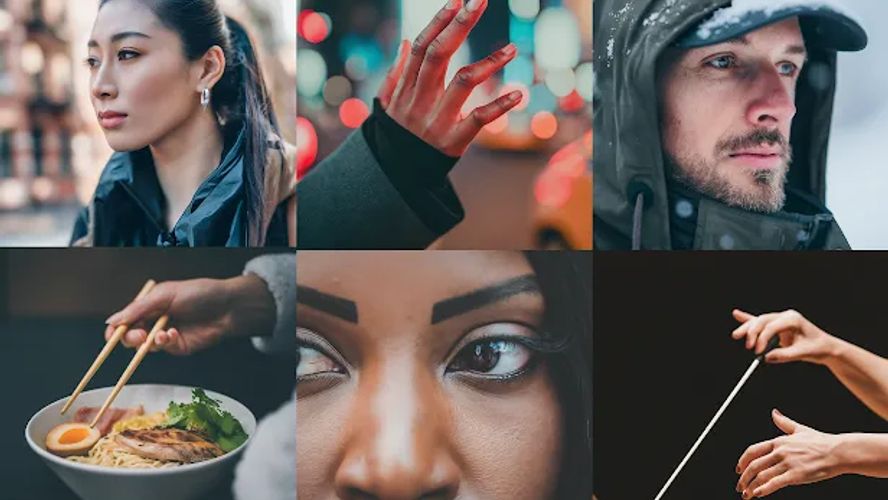Contents
The New LinkedIn Update That Could Keep Quality Posts Performing for Months
Broad reach and vanity metrics. Those are what LinkedIn cited as old news in a recent algorithm update announcement. In a similar trajectory to Google’s user-first policy, LinkedIn is setting out to boost quality content that connects with niche audiences and keep it in front of them with a new Suggested Posts feature.
Content on the platform is the same as most others – it’s posted, it’s engaged with, it dies. Suggested posts, however, are those deemed relevant and engaging towards certain users at certain times. The aim is to create a resource of knowledge and advice that appears ‘when users need it’ – based on their recent viewing, engagement and posting activity.
What can you do moving forward? We put together a list of takeaways:
- We are existing evermore in a ‘quality over quantity’ online world, where algorithms have come a long way and can now more reliably discern the value of content to users. This means that you should be including as much value and insight on-platform, within the text of posts themselves. It’s better to combine smaller, more regular posts into larger ones that are of more benefit to users instead of just signposts to your own sales funnel.
- Engage in extensive hashtag and audience research. The key word in their announcement is niche – using broad tags and generic language might not cut it. Specialising in certain areas and expertise is going to give your content the best chance of a longer lifecycle as a featured post.
- While vanity metrics are no longer as important, what makes posts engaging is still vital to perfect: test image styles, videos, live streams and more to find what engages your audience. Look at what works from others in the conversation, find what hits your niche and use it to grab their attention so they can absorb your valuable insight.
Google Ads to Automatically Begin Pausing Low-Activity Ad Groups
As of 11th of March, Google will begin an 8-week rollout process of a new update to all Google Ads accounts. Any ad group created at least 13 months ago that has garnered no impressions in that time will be automatically paused in a move to increase budget efficiency.
From these parameters, we can tell this new update won’t be interfering with an account that is regularly monitored and more of a sure-up to reduce wasted budget on ad groups that might have been forgotten about or neglected. Any ad group paused with this measure can be instantly unpaused again, but Google intends for users to dig into why it was paused before doing so. Any unpaused ad group that doesn’t gain impressions for a following 3 months will be paused again, so it’s vital to make improvements to any ad groups that trigger this feature.
With proper account management, this may well be a part of Google Ads you never see, but with large accounts at 10+ ad groups and teams busy with other things, it will automate trimming those groups with no impressions which will drag down the overall rating of the campaign. It is a good thing to have even if you shouldn’t need it, and a timeframe of 13 months accounts for factors such as the seasonality of businesses.
Google’s AI Gemini Integrated Into Performance Max
After recently rebranding their language model Bard into Gemini, Google has announced a new variety of changes to Performance Max campaigns that include powerful new AI tools.
Asset Generation
The variety of asset types is what sets Performance Max apart from other campaign types. Amongst older campaigns, they represent the new, multimedia and platform-rich era of online advertising we now operate in. Much more power lies in the hands of smaller teams and in-house one-man bands, but designing these assets can still prove a costly hurdle.
Now, campaign images can be edited or generated entirely by AI, along with copy text, headlines and sitelinks. The generative models implemented by Google will soon be switching to Imagen 2, a more powerful model which will allow for the creation of lifestyle imagery and non-identifiable people, as well as the editing of backgrounds and existing images to better suit campaign objectives.
Having these capabilities directly implemented into Google Ads means that for many small teams on a tight budget, Gemini could now replace human design and copywriting in much of the campaign creation process.
Ad Strength
Along with these new features, Google has indicated that the number and diversity of creatives will have a larger impact when discerning ad strength. They have emphasised this diversity specifically when it comes to meeting different user needs for each platform. The extra consideration and time to cater to this may, for many, lead them to generate creatives using these tools moving forward.







